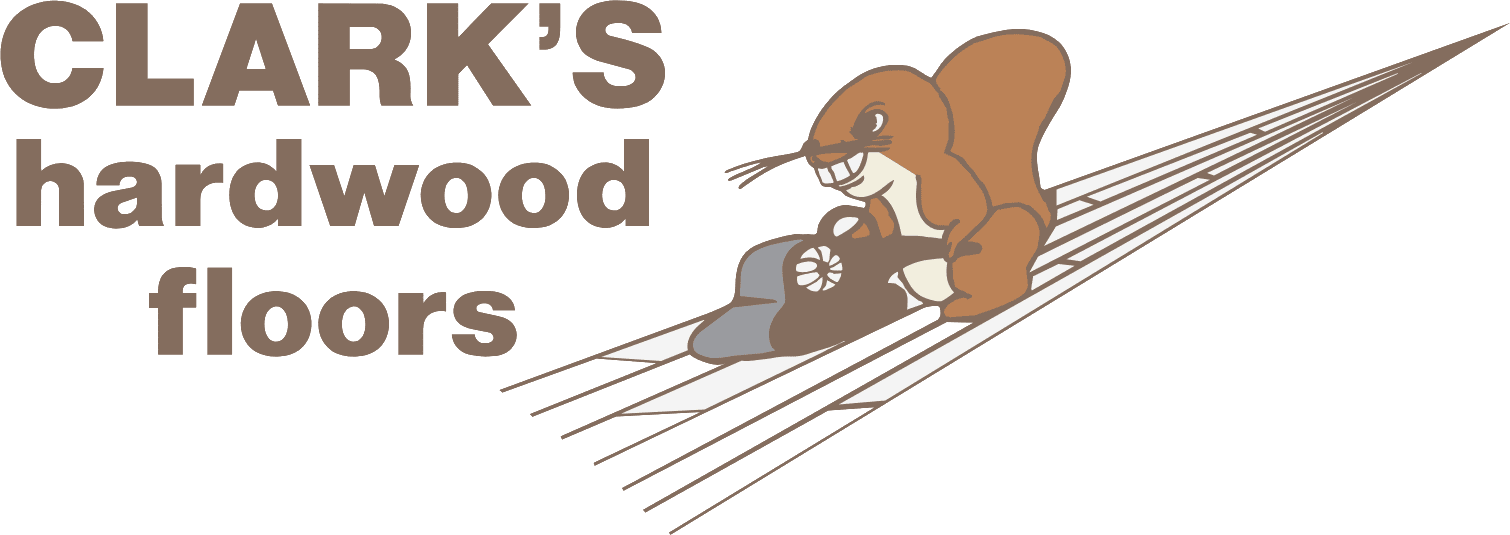When it comes to hardwood floors in Santa Cruz and Campbell, homeowners often find themselves faced with a critical decision: solid wood or engineered wood? Each type of flooring material has its own unique characteristics, benefits, and considerations. This blog delves into the differences between solid wood and engineered wood, helping people make an informed choice for their hardwood flooring needs.
Understanding Solid Wood Flooring
Authenticity and Timeless Appeal
Durability and Longevity
Versatility in Refinishing
Types of Solid Wood Flooring
When considering solid hardwood floors in Campbell, homeowners have a choice between three main types:
Plank Flooring
Parquet Flooring
Strip Flooring
The choice between plank, parquet, and strip flooring allows homeowners to tailor the appearance of their floors to their specific design preferences and the overall aesthetic of their living space.
The Drawbacks
Susceptibility to Moisture and Humidity
Solid wood flooring is more prone to expanding and contracting with changes in moisture levels. It is not recommended for areas with high humidity, such as basements or bathrooms, as this can lead to warping or buckling of the wood.
Limited Installation Options
It requires a stable, even subfloor, for installation. It cannot be directly installed over concrete without the use of an additional subfloor, which may add to the overall cost and complexity of the installation process.
Vulnerability to Scratches and Dents
While solid wood is durable, it is not immune to scratches and dents from heavy furniture or sharp objects. Regular maintenance, such as using protective pads and area rugs, is necessary to minimize wear and tear.
Exploring Engineered Wood Flooring
Stability and Resistance to Moisture
Engineered wood flooring is constructed from multiple layers of wood veneers with a top layer of genuine hardwood. This layered composition imparts exceptional stability to the flooring, making it less susceptible to the effects of moisture and humidity. As a result, engineered wood is an excellent choice for areas prone to environmental fluctuations.
Installation Versatility
Engineered wood’s layered structure allows for greater installation versatility. It can be installed directly onto concrete subfloors, expanding the range of spaces where it can be used. This makes it an ideal choice for basements and areas with radiant heating systems.
Environmentally Conscious Option
Engineered wood is often considered a more environmentally conscious choice. It maximizes the use of natural resources by utilizing a smaller amount of hardwood for the top layer, while the underlying layers are typically made from fast-growing and renewable wood species.
The Drawbacks
Limited Refinishing Potential
Engineered wood has a top layer of hardwood, but it is thinner than that of solid wood. This limits the number of times it can be sanded and refinished. Depending on the thickness of the top layer, it may only withstand a few refinishing sessions.
Susceptibility to Water Damage
While engineered wood is more stable than solid wood in humid environments, it is not waterproof. Prolonged exposure to standing water can still cause damage, so it’s important to clean up spills promptly.
Potential for Delamination
If the bonding between the layers of engineered wood flooring weakens, it can lead to delamination, where the layers separate. This can occur due to factors like subpar installation or exposure to extreme moisture levels.
Choosing the Right Option for Your Home
Factors to consider:
- Location and Climate
Consider the environment in which the hardwood flooring will be installed. Solid wood may be more suitable for above-grade spaces, while engineered wood is an excellent choice for below-grade areas or regions with fluctuating humidity levels.
- Budget Constraints
Budget considerations play a pivotal role in the decision-making process. Solid wood tends to be higher in initial cost, while engineered wood can offer a more budget-friendly alternative without compromising on quality or aesthetics.
- Aesthetic Preferences
Personal style and design preferences should guide your choice. Both solid wood and engineered wood come in a wide array of wood species, finishes, and colors, allowing you to find the perfect match for your interior decor.
Seeking Professional Guidance
When it comes to hardwood flooring in Campbell and Santa Cruz, consulting with a reputable flooring expert is invaluable. Their expertise can help you navigate the options, assess your specific needs, and make an informed decision that aligns with your lifestyle and budget.
Making an Informed Choice
In the world of hardwood flooring, the decision between solid wood and engineered wood is a crucial one. Each type offers its own set of advantages, from the timeless appeal of solid wood to the enhanced stability of engineered wood. By considering factors such as location, budget, and personal style, homeowners can confidently choose the option that best suits their needs.
Additionally, understanding the various types of solid wood flooring—plank, parquet, and strip—provides further customization options to align with your design preferences.
When it comes to hardwood floors in Santa Cruz and Campbell, seeking guidance from a reputable flooring expert is invaluable. Their expertise and industry knowledge can help navigate the options, ensuring that you make a choice that enhances the beauty and value of your home.
In the end, whether you opt for the authenticity of solid wood or the versatility of engineered wood, you can rest assured knowing that your choice will bring enduring elegance and charm to your living space.
